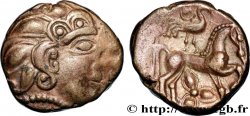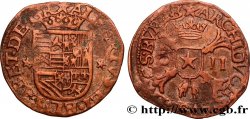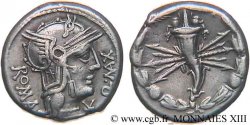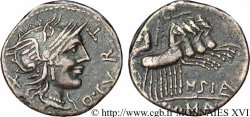Live auction - bga_412364 - GALLIA - LEMOVICES (Area of Limoges) Statère à la grue
You must signin and be an approved bidder to bid, LOGIN TO BID. Accounts are subject to approval and the approval process takes place within 48 hours. Do not wait until the day a sale closes to register. Clicking on "BID" constitutes acceptance of the terms of use of cgb.fr private live auctions.
Bids must be placed in whole Euro amounts only. The sale will start closing at the time stated on the item description; any bids received at the site after the closing time will not be executed. Transmission times may vary and bids could be rejected if you wait until the last second. For further information check the Live auction FAQ
All winning bids are subject to a 18% buyer’s fee.
All winning bids are subject to a 18% buyer’s fee.
| Estimate : | 3 500 € |
| Price : | no bid |
| Maximum bid : | no bid |
| End of the sale : | 13 December 2016 15:03:00 |
Type : Statère à la grue
Date: c. 100-50 BC.
Mint name / Town : Limoges (87)
Metal : electrum
Diameter : 20,5 mm
Orientation dies : 10 h.
Weight : 6,56 g.
Rarity : R2
Coments on the condition:
Exemplaire sur un flan large mais toujours un peu trop court, avec une tête très en bord de flan et un revers idéalement centré. Un défaut de métal est à signaler au droit dans la chevelure, sinon agréable patine de collection
Catalogue references :
Obverse
Obverse legend : ANÉPIGRAPHE.
Obverse description : Tête à droite, la chevelure en grosses mèches aquitaniques.
Reverse
Reverse legend : ANÉPIGRAPHE.
Reverse description : Cheval à droite, une grue posée sur la croupe et un trèfle entre les jambes.
Commentary
Cette variété correspond à la classe II de la série 1076 “à la grue et au trèfle” du Nouvel Atlas.
L’oiseau posé sur la croupe du cheval est bien net et n’est accosté que d’un seul annelet.
Le motif d‘accolade partant de la bouche, devant le visage, est parfois interprété comme le signe de la parole ; on retrouve ce détail sur les statères des Bituriges, mais aussi sous forme des deux dauphins, plus ou moins stylisés, sur la plupart des monnaies d’argent du sud, dites “à la croix”. On notera qu’au revers, le cheval a lui aussi une sorte de volute qui lui sort de la bouche.
This variety corresponds to class II of series 1076 “with crane and clover” of the New Atlas. The bird perched on the horse’s rump is very clear and is flanked by only one ringlet. The brace motif starting from the mouth, in front of the face, is sometimes interpreted as the sign of speech; we find this detail on the staters of the Bituriges, but also in the form of the two dolphins, more or less stylized, on most of the silver coins of the south, called “with the cross”. It should be noted that on the reverse, the horse also has a sort of volute coming out of its mouth
L’oiseau posé sur la croupe du cheval est bien net et n’est accosté que d’un seul annelet.
Le motif d‘accolade partant de la bouche, devant le visage, est parfois interprété comme le signe de la parole ; on retrouve ce détail sur les statères des Bituriges, mais aussi sous forme des deux dauphins, plus ou moins stylisés, sur la plupart des monnaies d’argent du sud, dites “à la croix”. On notera qu’au revers, le cheval a lui aussi une sorte de volute qui lui sort de la bouche.
This variety corresponds to class II of series 1076 “with crane and clover” of the New Atlas. The bird perched on the horse’s rump is very clear and is flanked by only one ringlet. The brace motif starting from the mouth, in front of the face, is sometimes interpreted as the sign of speech; we find this detail on the staters of the Bituriges, but also in the form of the two dolphins, more or less stylized, on most of the silver coins of the south, called “with the cross”. It should be noted that on the reverse, the horse also has a sort of volute coming out of its mouth







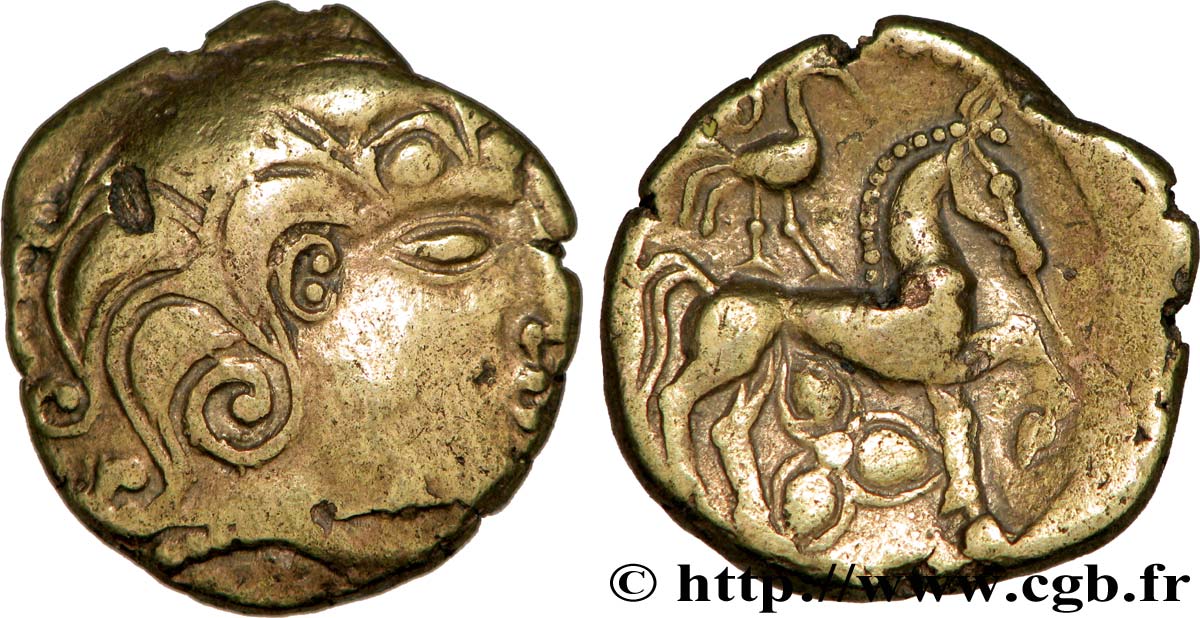
 Report a mistake
Report a mistake Print the page
Print the page Share my selection
Share my selection Ask a question
Ask a question Consign / sell
Consign / sell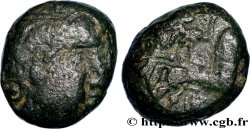
 Full data
Full data